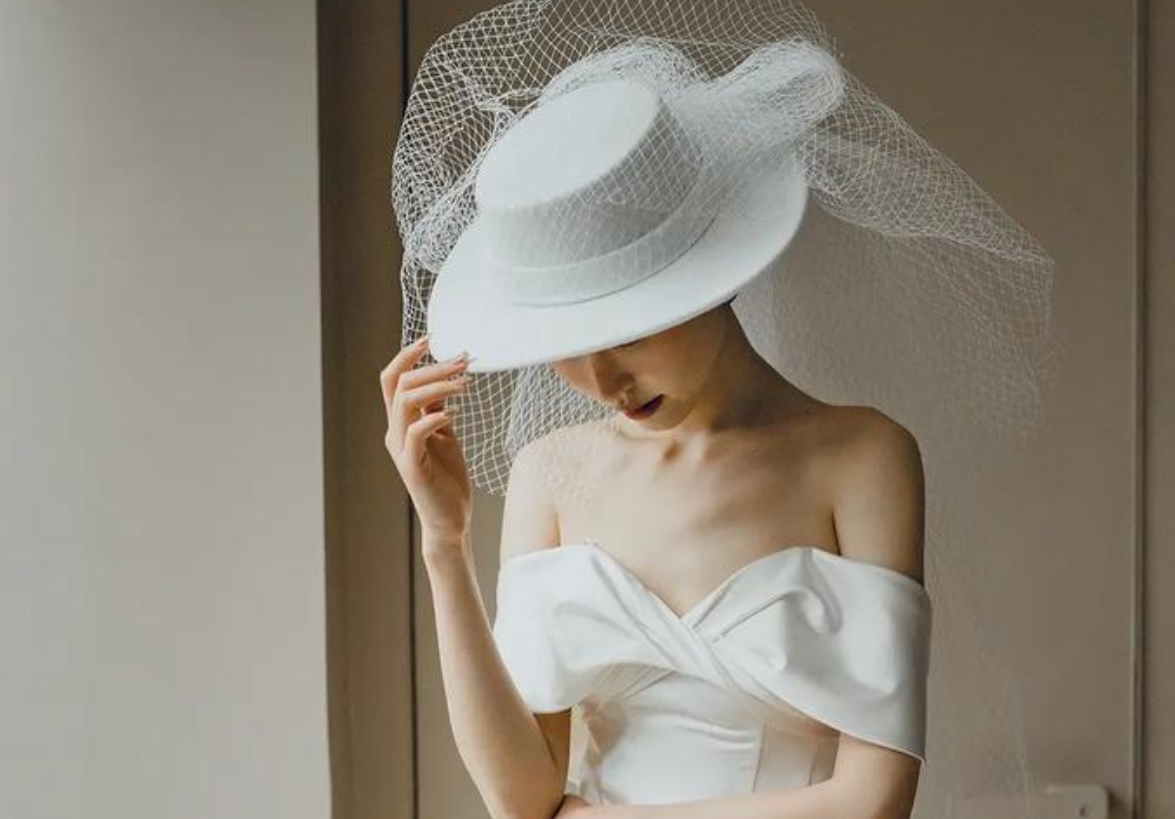
Riding on the east wind of "three to one", the vendors have become an important role in linking the upstream and downstream. This business circle, collectively known as the "Great Cloth Market",
has gradually become the world's largest textile and fabric trading center, with more than 30,000 large and small garment factories and shops around it, with an annual turnover of more than 200 billion yuan .
The Zhongda fabric market provides a steady stream of fuel for garment production, which feeds the rise of Guangzhou garment factories. By 2010, the nearby Kangle Village had formed a complete garment production line, with tens of thousands of garment factories gathered on an area of 0.46 square kilometers .
The present kangle Village
In 2019, Kangle Village was on the front page of Guangzhou local front page with the news of 240,000 dividends per capita [6], but in the Guangzhou clothing industry chain, this urban village located in the middle and lower reaches is not the most profitable one.
200 pieces of order, 5.50 yuan each, shipping the next morning. Garment workers rely on staying up late to earn a daily salary of 1,000 yuan, the bosses are not easy, low threshold processing business desperately inside the volume,grab orders, grab workers is the norm. However, the monthly rent of Guangzhou International Textile City has increased from thousands of yuan to more than 200,000 yuan, and the monthly rent of good location even reaches millions of yuan .
Garment factory owners have worked hard for many years before they suddenly realized: making money in the file mouth, not in the workshop. The people at the station started in Guangzhou, sending thousands of goods to Hanzheng Street in Wuhan and the Beijing Zoo wholesale market, and then exporting them to the vast number of counties and towns in China through layers of distributors, earning a lot of money.
In the final analysis, the boss has the ability to let the whole country wear the same model in Guangdong, and the garment factory is only responsible for proofing and production of wage earners.
The clothing industry has always been a strong rule industry, those who have the right to speak in the upstream, grasp the fashion wind, can manage production upward, and can affect consumers downward - from the mouth boss to today's SHEIN, earning the same money.
The bustling clothing trade is a footnote to the surge of the individual economy, which has spawned a wealth creation movement from Guangzhou across the country. Guangzhou's major wholesale markets spread the story of "entering in a sack at the beginning of the year and coming out in a BMW at the end of the year";
Ten years later, housing prices in Guangzhou exceeded 4,000 yuan per square meter, nearly 700 yuan higher than in Shanghai, while the national per capita GDP was less than 1,000 US dollars in the same year.
These first rich Chinese people, but also a number of luxury brands to see the dawn of China's high-end consumption.
In 1989, only 2.5 kilometers away from Tiananmen Square, located at No. 8 Goldfish Hutong, the Beijing Palace Hotel was completed. Subsequently, the Palace Hotel copied the pattern of the Peninsula Hotel in Hong Kong and transformed the first and second floors of the basement into a boutique gallery. The globalization of the luxury industry began in the 1990s, and naturally it will not miss China, a market with huge potential.
Two years later, Zegna, LV, Hermes, Gucci, Chanel and other luxury brands have been settled in the palace hotel, these luxury brands hidden in the high-end hotel underground target consumer groups first foreign tourists, and then into the hands of mobile phones, pockets stuffed with 10,000 yuan cash.
Chinese fashion in the 1990s is on the eve of change. At this time, the myth of overseas fashion is unbreakable, and the local Chinese fashion that is not willing to accept this is also quietly sprouting.
In the spring of 1993, the first national character clothing exhibition CHIC opened in Beijing. This event, led by the Ministry of Textile Industry, undertook the historical mission of "showing both the shape and the soul", and was also a key node in the transformation of China's garment industry from "seeing flowers" to its own "embroidery" .
Externally, CHIC invited the Chinese people familiar with Pierre Cardin, as well as two Italian designers Valentino, Gianfranco Ferre, and was met by the top leaders, causing foreign media to report.
Internally, CHIC officially launched during the "Brothers Cup" international youth clothing design competition, later known as China's first generation of designers Wu Haiyan, Marco and others.
1993 China International Apparel Fair
The opening of the China International Clothing Expo announced that Chinese fashion was finally separated from clothing production, and clothing design came to the fore. Since then, a top-down fashion autonomy movement has begun.
In 1996, the recruitment of a fashion circle became a sensational social news: Zheng Yonggang hired Wang Xinyuan and Zhang Zhaoda as the chief designer of Shanshan, and opened a million annual salary that made the people of the country jealous.
After that, Wang Xinyuan and Zhang Zhaoda created a high-end women's clothing brand "Fa Hanshi" for Shanshan, and continuously operated two domestic fashion Tours, and the "North Wang South Zhang" of the Chinese fashion industry was formed.

